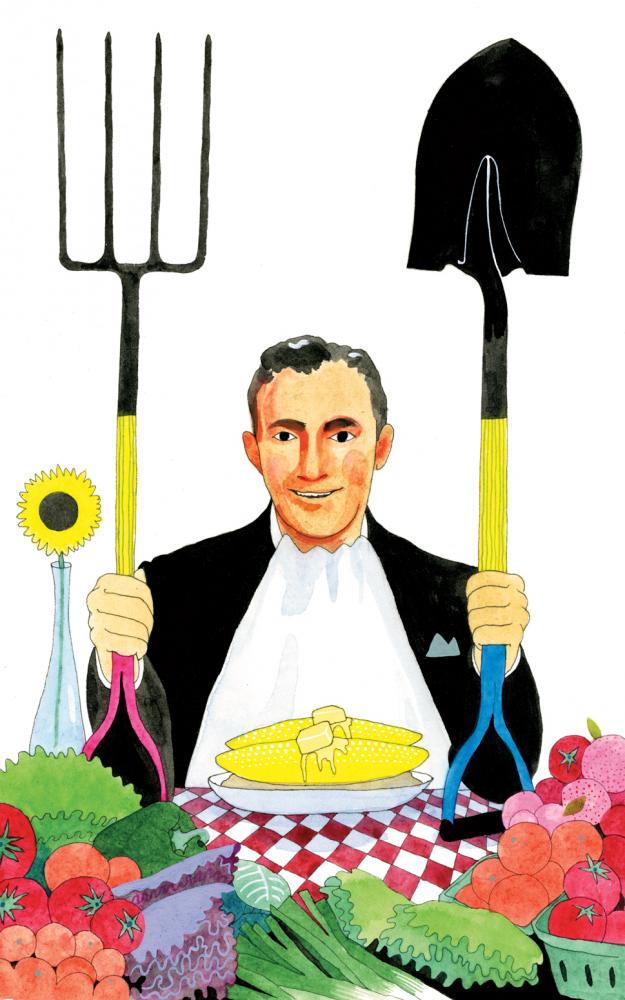Another factor that has historically worked against farmers’ markets becoming permanent fixtures is their, well, lack of permanent fixtures. Many markets are designed to be temporary, taking over a parking lot or city block for a few hours, then disappearing again until the following week. This works great for saving on rent, but it can be hard to build clientele without a base of operations to remind people you exist during the off-hours.
That’s part of the reason Bob Holm opened up Mother’s Market last summer. Located in the old Mother’s Music building on 109th Street, it’s an indoor, multi-day, year-round farmers’ market that runs every Friday to Sunday. In doing some research, Holm realized Calgary had several such multi-day indoor markets, while the closest thing Edmonton had was the Old Strathcona market, which is only open Saturdays. “It’s something we needed, big time,” he says.
Being located indoors means Holm doesn’t have to move the entire market according to the weather, and being open three days per week gives his market specialties that his peers can’t match. Seniors, for instance, appreciate that Mother’s is open on Fridays, “because they don’t like to shop on the weekends,” Holm says. He also reaches out to corporate chefs to come by on Fridays, before the crush of the general shopping public takes over. “Not everybody can shop the same day.”
The biggest challenge to the farmers’ market industry, at least as it currently stands, is finding quality vendors – specifically, farmers. Holm also maintains a herd of 200 bison near Morinville, and he says he’s had no problem moving his product at market. In fact, demand has been so high that Mother’s Market sells meat from two other bison farmers in addition to that supplied by its owner.
For others, however, it’s a different story. Since 2000, Graham Sparrow has run Sparrow’s Nest Organics out of his farm in Redwater. In that time, he’s put in stints at the City Centre, St.Albert and 124th Street markets, and he earns approximately three-quarters of his income that way. While Sparrow recognizes that the explosion of farmers’ markets around the city is a boon for consumers, suppliers like him are being stretched thin. Many farms don’t have enough bodies to staff multiple booths in a given week, and the dilution of customer dollars across so many venues means that perishable products like his are often the first casualties.
